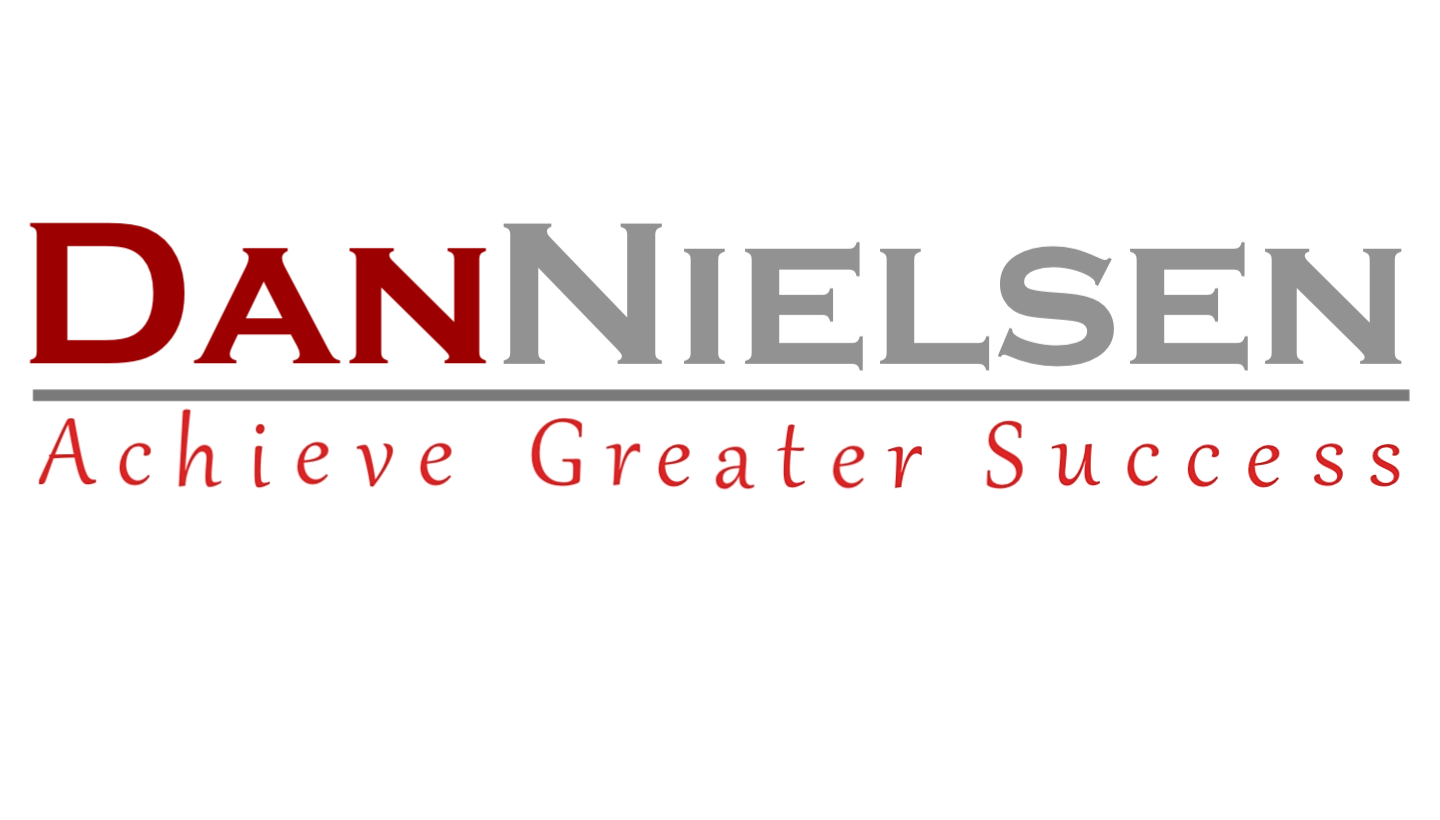A recent Seth Godin blog post is well worth repeating and sharing with those who do not subscribe to or read his excellent blog. Seth Godin is one of the world’s most successful bloggers, particularly as a world-class thought leader in the area of marketing. His books have enjoyed outstanding sales and success over the years.
This particular “Seth’s Blog” is well worth not only reading, but also well worth some quality time spent reflecting on the leadership implications of this blog on your and your organization’s leadership effectiveness. The blog is as follows and I am quoting Seth Godin:
“A Hierarchy of Failure Worth Following
Not all failures are the same. Here are five kinds, from frequency = good all the way to please-don’t!
FAIL OFTEN: Ideas that challenge the status quo. Proposals. Brainstorms. Concepts that open doors.
FAIL FREQUENTLY: Prototypes. Spreadsheets. Sample ads and copy.
FAIL OCCASIONALLY: Working mockups. Playtesting sessions. Board meetings.
FAIL RARELY: Interactions with small groups of actual users and customers.
FAIL NEVER: Keeping promises to your constituents.
The thing is, in their rush to play it safe and then their urgency to salvage everything in the face of an emergency, most organizations do precisely the opposite. They throw their customers or their people under the bus (‘we had no choice’) but rarely take the pro-active steps necessary to fail quietly, and often, in private, in advance, when there’s still time to make things better.
Better to have a difficult conversation now than a failed customer interaction later.”
Leadership that creates and maintains a culture of encouragement and high tolerance for failure, at the appropriate times, and while there is still time to make things better, is absolutely crucial. Failing often, failing frequently and failing occasionally, at appropriate times and during appropriate stages of innovation, development and execution is not only tolerated, but encouraged by exceptional leaders. Another clear sign of exceptional leadership can be found within those people, those colleagues, and those organizations that assure virtually all failures occur before interactions with users and customers. These exceptional leaders have no tolerance whatsoever for NOT keeping promises to constituents.
What about your leadership in terms of hierarchy, tolerance and appropriate times for failure? What would your colleagues, your team members, your subordinates, and your customers say?
Now, not later, is the time to clearly understand whether or not your hierarchy of failure is most prudent… most effective… and worth following!

